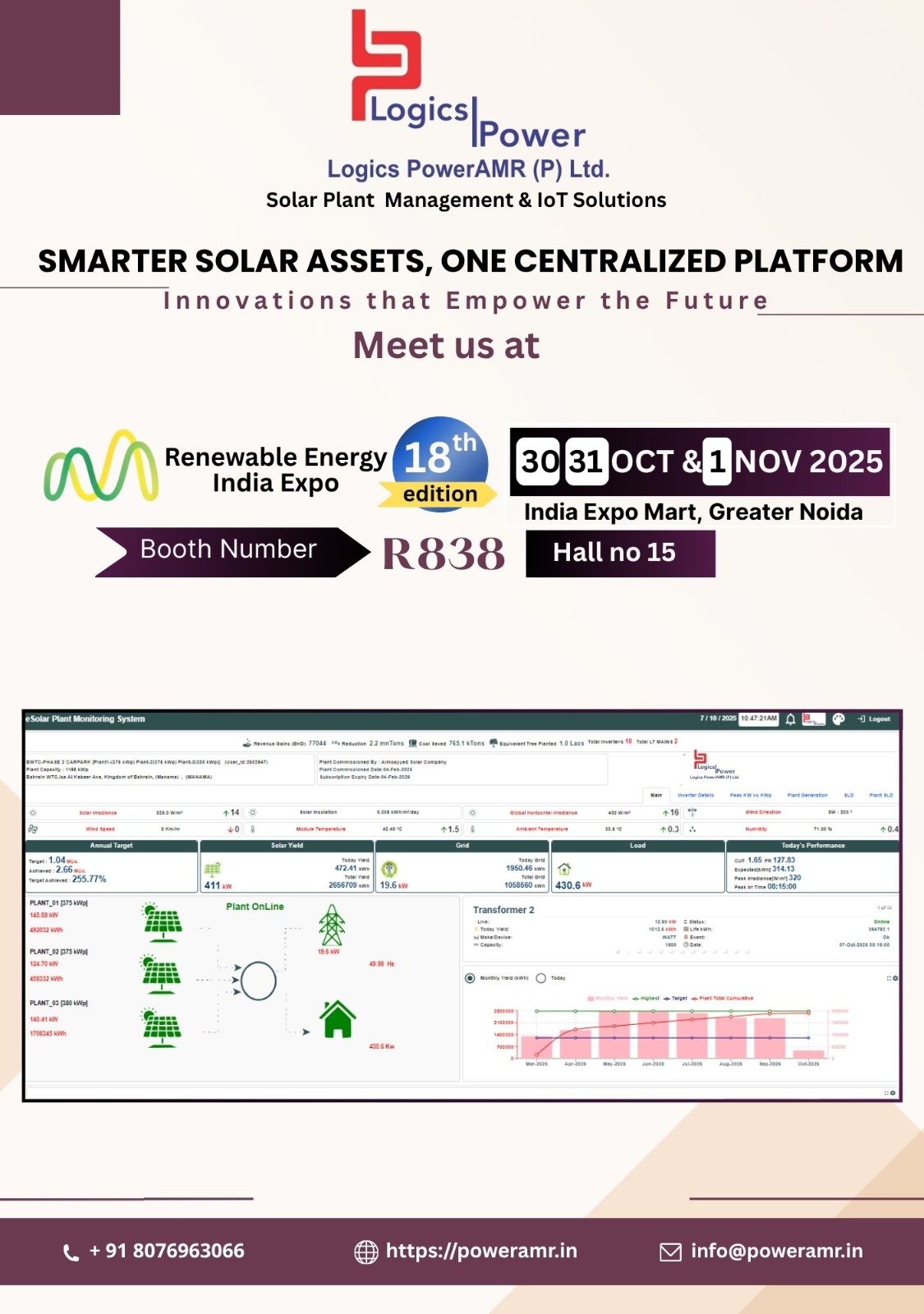Cloud Cover
Cloud cover plays a critical role in solar energy generation and atmospheric analysis.

System Overview
Cloud Cover :
Cloud cover plays a critical role in solar energy generation and atmospheric analysis. Our advanced monitoring system uses real-time solar irradiance data to deliver accurate cloud cover estimations, ensuring optimal performance of solar energy systems and providing valuable data for weather forecasting and climate research.
How It Works :
Our system continuously measures Global Horizontal Irradiance (GHI) using the high-precision PYRA 300 Solar Radiation Sensor. By comparing this data to a theoretical clear-sky GHI model, we calculate the Cloud Cover Factor (CCF) – a direct indicator of cloud presence and intensity.
This proven method allows us to accurately detect and quantify cloud cover in real-time, providing a dependable data source for energy management and atmospheric studies.
| Real-Time Cloud Cover Estimation : Compares actual GHI to clear-sky GHI for live cloud monitoring. | |
| Built-In Intelligence : Onboard microcomputer processes radiation signals and delivers accurate cloud cover data without external computation. | |
| Digital Output for Automation : Provides clean, digital CCF output ideal for automated weather stations, remote sensing platforms, and smart environmental systems. | |
| Low Power & High Efficiency : Operates on a 12V DC supply with minimal current draw (~30 mA), making it ideal for solar-powered or off-grid systems. | |
| Versatile Applications : Perfect for solar energy optimization, climate analysis, and weather forecasting. | |
| Low-Maintenance Design : Minimal moving parts or optical components reduce maintenance and increase long-term reliability. |
Key Features
Technical Specifications
| Sensor : | PYRA 300 Solar Radiation Sensor | Measurement Output : | Cloud Cover Factor (CCF) / Oktas |
| Measurement Range : | 0 to 100% | Accuracy : | ±25% (typical) |
| Power Supply : | 12 V DC | Current Consumption : | ~30 mA |
| Temperature Range : | -20°C to +70°C | Output Format : | Digital (CCF 0 to 100%) |


